Débitmètres à turbine
Principe de fonctionnement des débitmètres à turbine
Les débitmètres à turbine fonctionnent en détectant la vitesse du fluide qui passe dans un tuyau, ce qui fait tourner une turbine ou un rotor à l'intérieur du tube d'écoulement. La vitesse de rotation du rotor, qui est directement proportionnelle au débit du fluide, est mesurée par des capteurs (magnétiques ou optiques) placés à l'extérieur du tube. Ces capteurs génèrent des impulsions électriques correspondant aux révolutions du rotor, qui sont ensuite converties en un débit lisible par un transmetteur de débit, affichant la mesure en unités telles que des litres par minute (LPM) ou des gallons par minute (GPM).
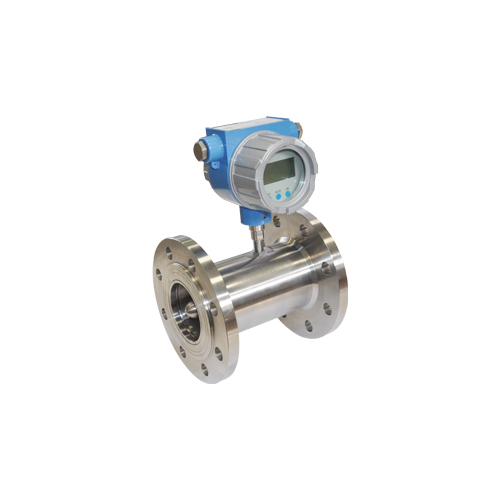
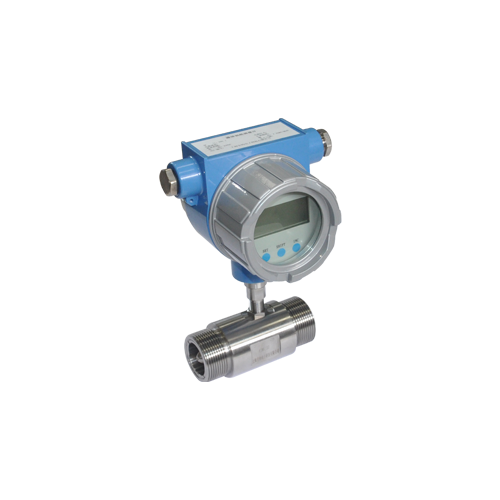
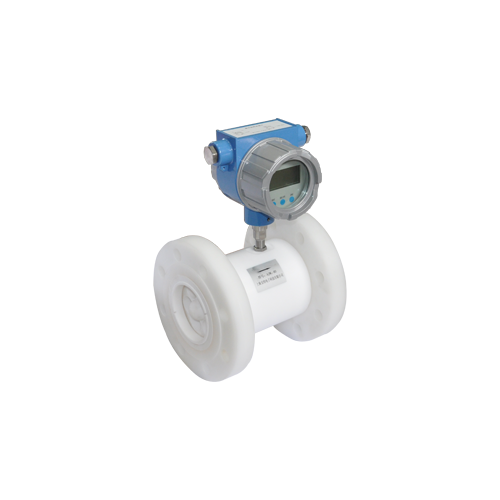
Débitmètre à turbine à liquide de haute précision (LWGYMT-AJWL)
Précision
±0,2 % ; ±0,5 %
Plage de mesure
0,004 à 1800 m³/h
Gamme de température moyenne
standard : -196 à 180 °C (-320,8 à +356 °F)
Pression max. Pression de traitement
350 bar
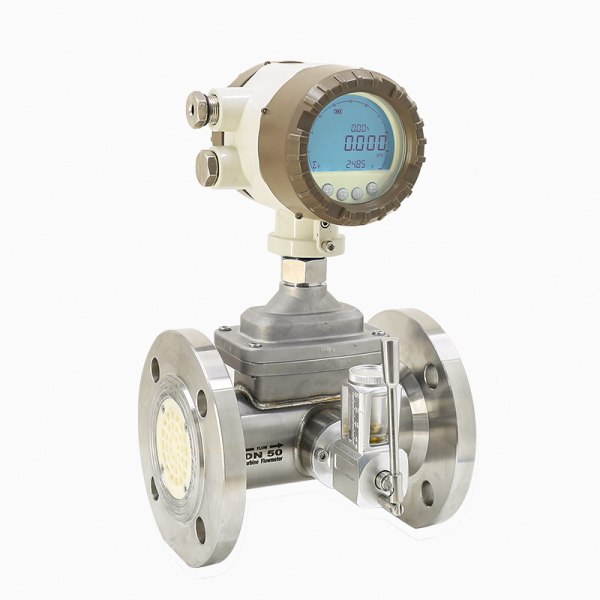
Débitmètres de gaz de turbine de haute précision (LWGYMT-ES)
Précision
±1,0% ; ±1,5%
Plage de mesure
4 à 13000 m³/h
Gamme de température moyenne
standard : -25°C~+55°C (-13 à +131 °F)
Pression max. Pression de traitement
63 bar (913.74 psi)
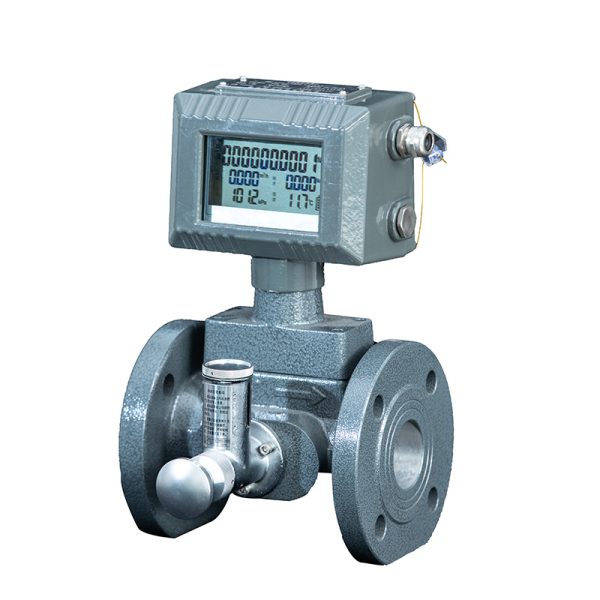
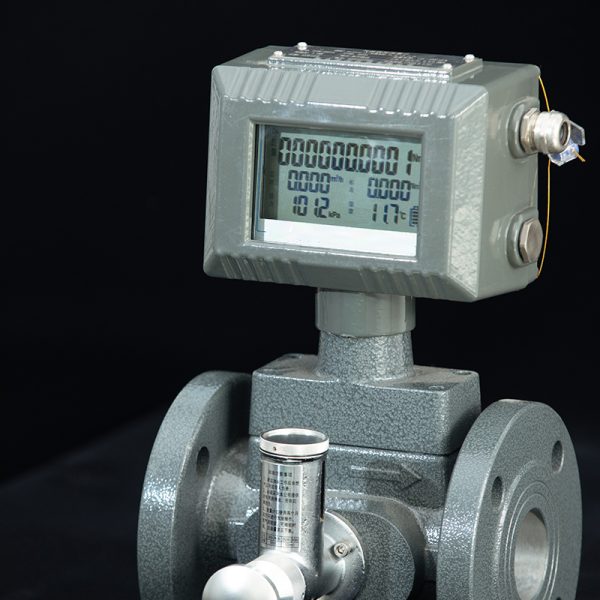
Débitmètres pour turbines à gaz (LWGYMT-G)
Précision
±1,5 %
Plage de mesure
2 à 1000 m³/h
Gamme de température moyenne
standard : -20 à 120 °C (-4 à +248 °F)
Pression max. Pression de traitement
63 bar (913.74 psi)
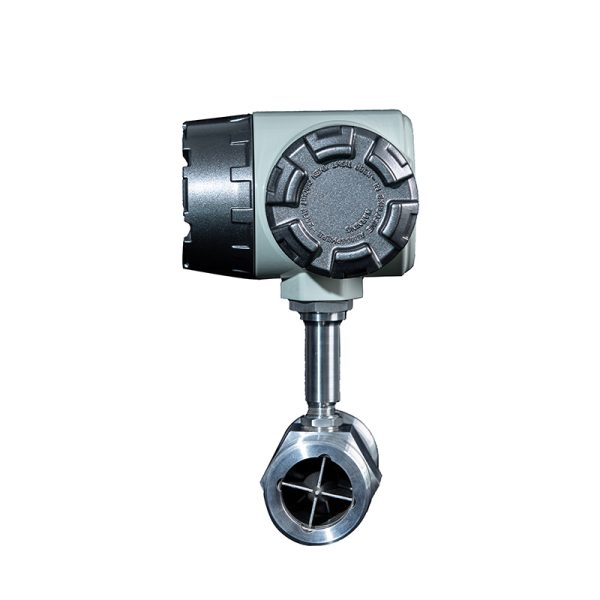
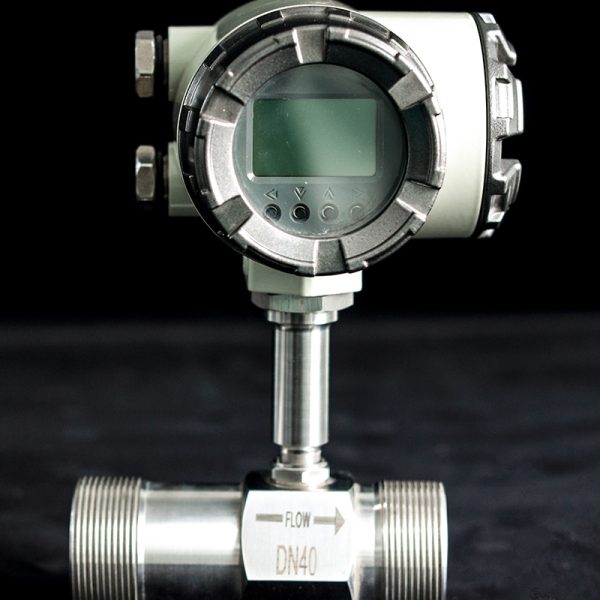
Débitmètre à turbine à liquide (LWGYMT-100)
Précision
Standard : ±1 %, Option : ±0,5 %
Plage de mesure
0,04 à 800 m³/h
Gamme de température moyenne
standard : -20 à 120 °C (-4 à +248 °F)
Pression max. Pression de traitement
250 bar (3625.95 psi)
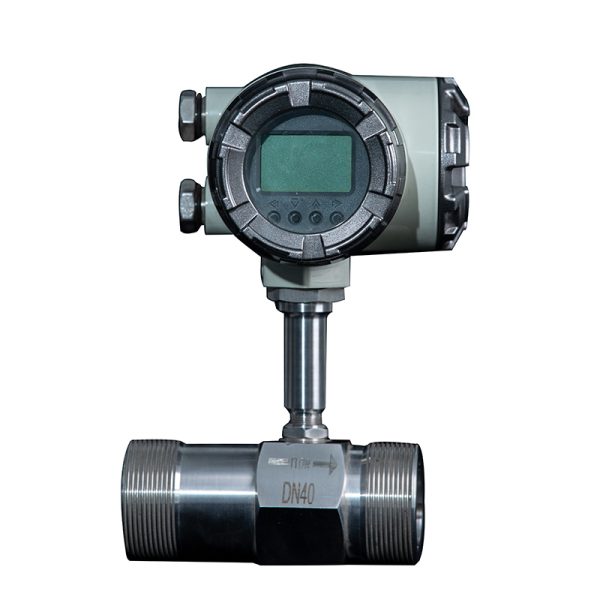
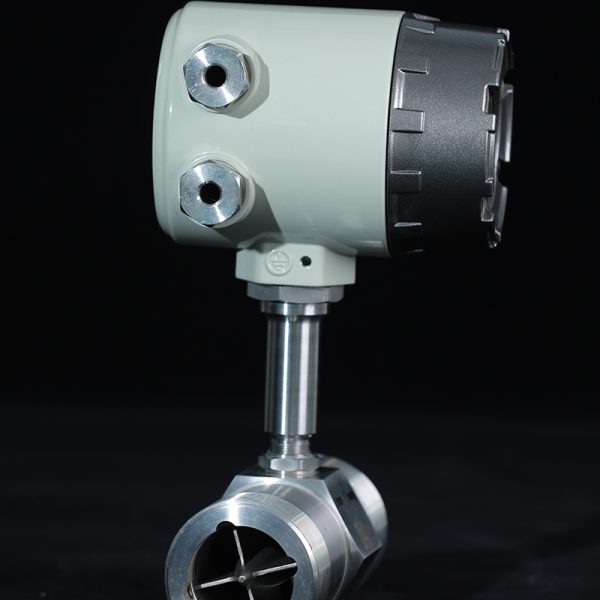
Débitmètre à turbine à liquide à faible débit (LWGYMT-F)
Précision
Standard : ±1 %, Option : ±0,5 %
Plage de mesure
0,04 à 200 m³/h
Gamme de température moyenne
standard : -20 à 120 °C (-4 à +248 °F)
Pression max. Pression de traitement
160 bar (2320.6 psi)
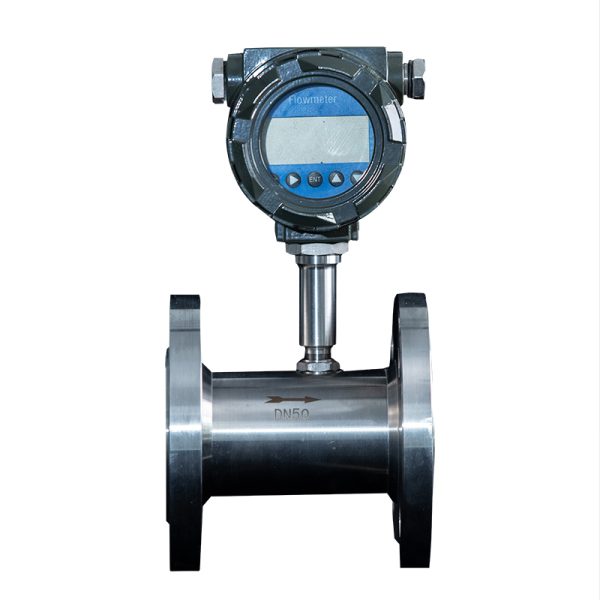
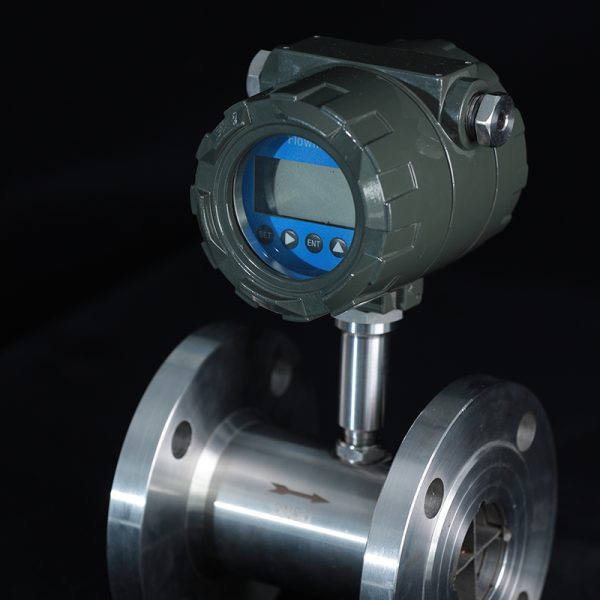
Débitmètre à turbine à liquide haute pression (LWGYMT-P)
Précision
Standard : ±1 %, Option : ±0,5 %
Plage de mesure
0,4 à 800 m³/h
Gamme de température moyenne
standard : -20 à 120 °C (-4 à +248 °F)
Pression max. Pression de traitement
250 bar (3625.95 psi)
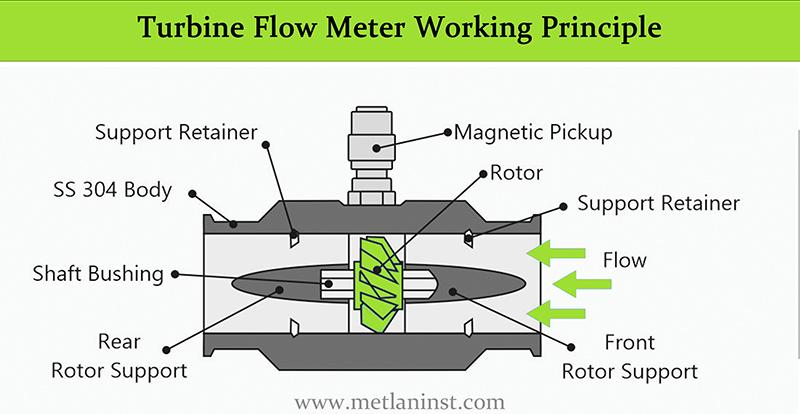
Avantages et inconvénients des débitmètres à turbine
Avantages
- Une grande précision à un prix économique
- Temps de réponse rapide
- Facile à installer et à entretenir
- Faible chute de pression
- Peut mesurer de faibles débits
Inconvénients
- Liquides propres et à faible viscosité uniquement
- Les tuyaux doivent être constamment pleins pour garantir la précision
- Tuyauterie droite pour réduire les turbulences de l'écoulement
- Les particules ferreuses et magnétiques doivent être filtrées en amont pour certains modèles.
Types de raccordement des débitmètres à turbine
Raccordement de la bride
Les raccords à bride sont le type le plus communément utilisé pour les débitmètres à turbine, en particulier dans les environnements industriels. Le compteur est fixé à la canalisation à l'aide de brides boulonnées, ce qui garantit une connexion sûre et étanche. Ce type de raccordement est très fiable et convient aux applications à haute pression et à haute température. Les raccords à brides sont généralement utilisés dans les grandes canalisations où la durabilité et l'étanchéité sont nécessaires.Raccord fileté
Les raccordements filetés consistent à visser le débitmètre à turbine directement dans la canalisation à l'aide d'embouts filetés. Ce type de raccordement est plus couramment utilisé pour les petites canalisations et les applications à basse ou moyenne pression. Les raccords filetés sont plus faciles à installer et à retirer, ce qui en fait une option rentable pour les petits systèmes ou les applications où le compteur doit être fréquemment retiré ou remplacé.Raccordement par serrage
Les connexions par serrage utilisent des colliers pour fixer le débitmètre à turbine à l'extérieur d'une canalisation, ce qui permet une installation non intrusive. Ce type de raccordement ne nécessite pas de découper la conduite ou d'interrompre le débit, ce qui le rend idéal pour les applications où la conduite doit rester intacte ou pour la mesure de fluides corrosifs ou dangereux. Les raccords à pince sont faciles à installer, à entretenir et à déplacer, mais leur précision peut être légèrement inférieure à celle des raccords à bride ou filetés en raison de l'approche indirecte de la mesure.
Supports disponibles pour les débitmètres à turbine
Les débitmètres à turbine sont polyvalents et peuvent mesurer différents fluides, notamment :
- Liquides : Eau, huiles légères, carburants, alcools, solvants et autres liquides de faible viscosité.
- Gaz : Gaz naturel, air comprimé, azote et autres gaz propres.
Applications des débitmètres à turbine
- Industrie du pétrole et du gaz
- Gestion de l'eau et des eaux usées
- Industries chimiques et pétrochimiques
- Industrie pharmaceutique
- Industrie alimentaire et des boissons
- Systèmes CVC
- Industries aérospatiale et automobile
Débitmètres de gaz | Pitot Tube Flow Meters | Flow Meter Controllers | Débitmètres à effet Coriolis | Débitmètres de gaz à ultrasons | Débitmètres magnétiques | Débitmètres à vortex | Débitmètres massiques thermiques | Débitmètres à pression différentielle
